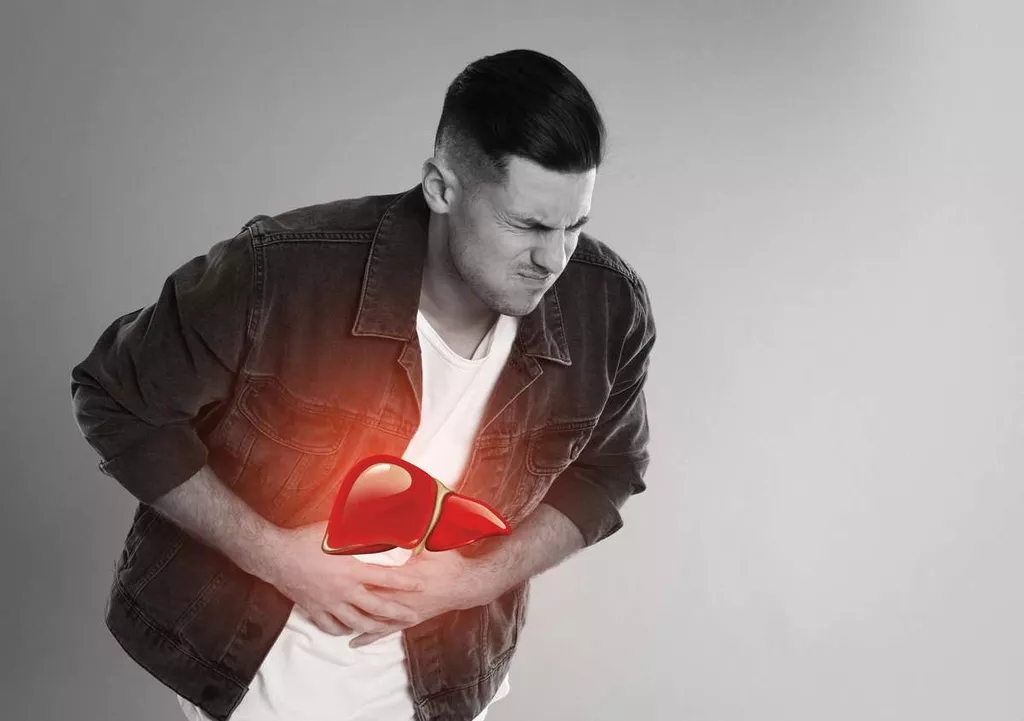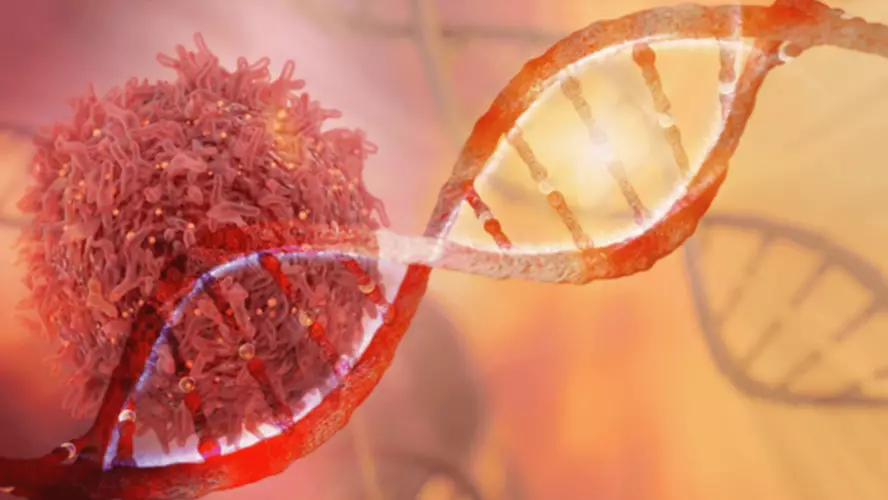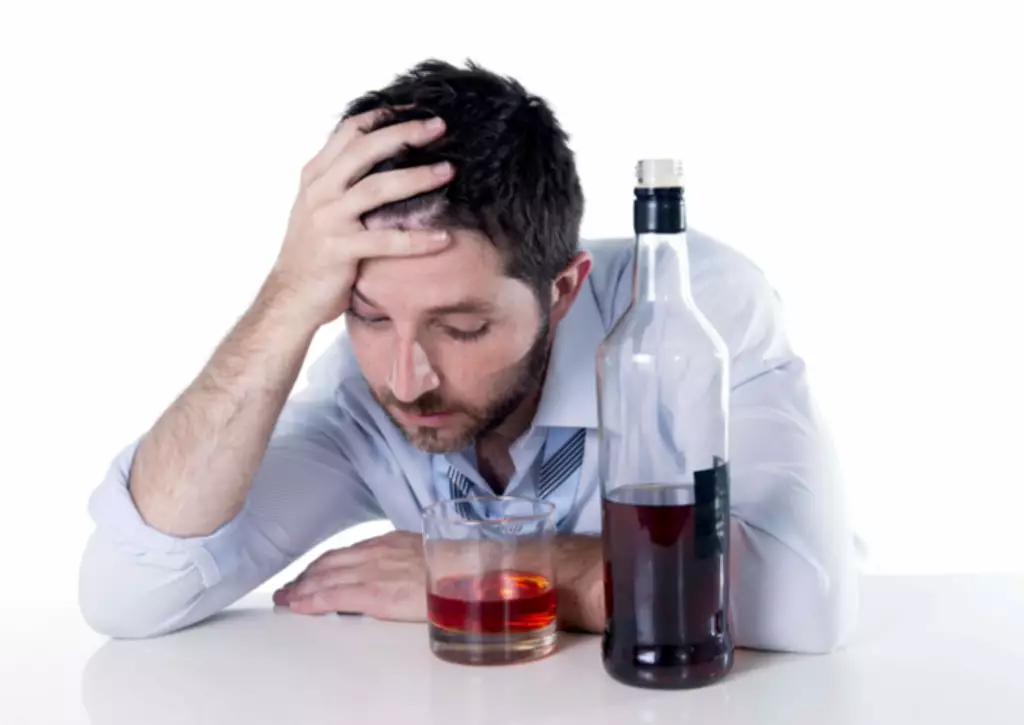
Joining a peer group keeps you connected to others who understand PTSD and alcohol struggles. They help you stay accountable and talk through real-life issues like grief, money stress, or dating. Aftercare programs often include https://ecosoberhouse.com/article/alcoholism-treatment-program-and-options/ check-ins with therapists, relapse prevention plans, or flexible therapy sessions.
Medications targeting PTSD
- At present, a wide array of assessment tools exist that allow for the efficient and effective screening, diagnosis and symptom monitoring.
- Sherry A. McKee has consulted to Cerecor and Embera NeuroTherapeutics; has received research support for investigator-initiated studies from Pfizer, Cerecor, and Janssen; and has ownership in Lumme.
- The diversity of traumatic experiences, the severity of PTSD, and diagnoses of alcohol abuse or dependence were significantly tied to drinking to cope with PTSD.
- As expected, groups that were PTSD+ had higher CAPS scores than groups that were PTSD–, but CAPS score differences between groups PTSD+ with and without alcohol abuse were not significant.
- Similarly, women exposed to childhood rape often report turning to alcohol to reduce symptoms of PTSD (Epstein et al. 1998).
Most neuropsychological studies of PTSD involve veterans with chronic PTSD who frequently exhibit comorbid psychiatric diagnoses. In particular, high lifetime rates of alcohol abuse frequently accompany PTSD, thereby confounding the attribution of neuropsychological deficits specifically to PTSD. In their review, Keane and Kaloupek (1997) found lifetime alcohol abuse and dependence rates varying from 24% to 84% in individuals with PTSD. Because alcoholism itself may impact neuropsychological functioning, we cannot be sure that neuropsychological deficits seen in patients with PTSD are in fact due to PTSD without adequately controlling for comorbid alcohol abuse and dependence. Other treatment targets may include the antioxidant N-acetylcysteine, the novel vasopressin 1b receptor antagonist ABT-436, and the neuropeptide oxytocin.

Mental Health and Loneliness
Naltrexone was effective in decreasing craving in those studies that evaluated it (Foa et al. 2013, Petrakis et al. 2012). Topiramate was promising as it was effective in decreasing alcohol use, but thus far has only been evaluated for comorbidity in one small study. Survivors of trauma often deal with intense emotions and constant stress, making alcohol appealing as a way to numb their emotional pain. Trauma may also lead to risky behaviors, like binge drinking or self-medicating, to cope with the anxiety and fear linked to PTSD.

Why Treating PTSD and Alcohol Use Together Leads to Better Recovery

AUD and PTSD have shown a consistent comorbidity over many decades and in diverse populations. The strong relationship is present in representative surveys of the United States, throughout Europe, and in Australia. The relationship persists in studies of population subgroups at risk, such as veterans of the wars in Vietnam, Iraq, and Afghanistan; firefighters; women; and people ptsd and alcohol abuse with SUD. Although men have a higher prevalence of AUD than women, and women have a higher prevalence of PTSD than men, any individual with either disorder is more likely to have the other. The information collected at the St. Louis location provided one of the first estimates of the prevalence of PTSD in the general population. Of the 2,493 participants, about 16% were exposed to at least one qualifying traumatic event.8 Of this group, about 8.4% developed PTSD.15 Also, individuals who met criteria for PTSD were more likely to report alcohol-related problems than those who did not meet PTSD criteria.
- Addressing both disorders, whether by using a combination of medications to treat each disorder or by combining medication with behavioral treatments seem most likely to be effective.
- Support groups specifically tailored for individuals with co-occurring PTSD and substance use disorders can provide a sense of community and shared understanding.
- As a result, PTSD symptoms and alcohol misuse may exert bidirectional influences on each other over time.
Time-Line Follow-Back (TLFB: Sobell & Sobell,
These surveys include the Epidemiological Catchment Area (ECA) program, the National Comorbidity Survey (NCS), and the National Epidemiologic Survey on Alcohol and Related Conditions (NESARC). PTSD and alcohol are deeply connected, and trying to treat one without the other doesn’t work for most people. If you’ve been using alcohol to cope with trauma, you’re not weak—you’re trying to survive. Taking that first step may feel scary, but it can also change everything. If you’re living with both PTSD and alcohol abuse, you need care that addresses both at once.
Make A Decision That Will Change Your Life
Moreover, alcohol use can significantly impact the severity of PTSD symptoms. While it may provide short-term relief, chronic alcohol consumption can actually exacerbate PTSD symptoms in the long run. Alcohol can interfere with sleep patterns, increase irritability, and impair emotional regulation, all of which can worsen PTSD symptoms. Additionally, alcohol use can hinder the effectiveness of PTSD treatments, making it more difficult for individuals to process and overcome their traumatic experiences. The co-occurrence of PTSD and alcohol use disorder is alarmingly common. Studies have shown that individuals with PTSD are significantly more likely to develop alcohol use problems compared to the general population.
Treatments for Comorbid AUD and PTSD

Throughout treatment, substance use education, relapse prevention techniques, peer support, and 12 Step attendance is encouraged. Halfway house In an open pilot trial among 46 male Vietnam Veterans participating in a partial hospitalization program, Transcend participants demonstrated significant improvement from baseline with respect to PTSD symptoms at post-treatment, 6, and 12 month follow-up. Transcend participants also experienced improvements in SUD symptoms, including decreased alcohol consumption, decreased polysubstance drug use, and decreased episodes of drinking to intoxication.




